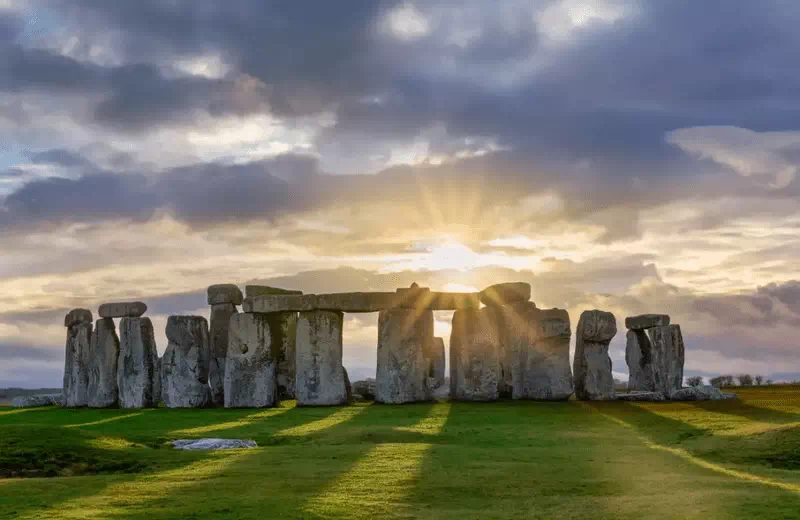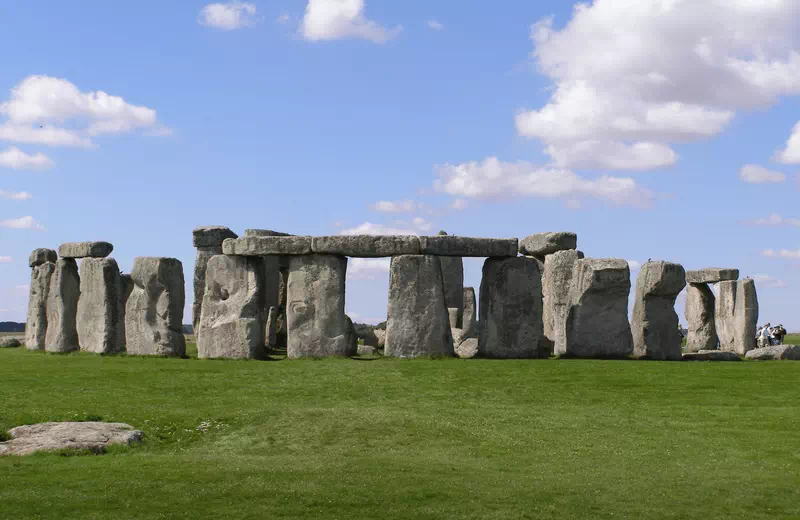Unveiling the Mysteries of Stonehenge
Stonehenge, an ancient and enigmatic monument nestled in the heart of England, has captured the imaginations of people worldwide for centuries. Standing as a testament to human ingenuity and architectural prowess, this prehistoric stone circle has defied time and comprehension. In this article, we will embark on a captivating journey through the history, purpose, and enduring mysteries of Stonehenge.

The Origins of Stonehenge: A Glimpse into the Past
Stonehenge's origins date back to around 3000 BC, during the late Neolithic period. This monumental undertaking, shrouded in mystery, involved the transport and assembly of massive stones weighing up to 25 tons each. These stones, believed to have been quarried in Wales, were meticulously arranged in concentric circles and horseshoe patterns. But why? Let's delve deeper into the purpose of Stonehenge.
Unlocking the Purpose: Astronomical Observatory or Sacred Site?
The Solar Connection
One prevailing theory suggests that Stonehenge served as an astronomical observatory. Some of the stones are aligned with astronomical events, such as the solstices. During the summer solstice, the rising sun aligns perfectly with the Heel Stone, casting a spectacular ray of light into the heart of the monument. This alignment hints at a possible celestial connection, where Stonehenge may have been used to track the seasons.
A Sacred Burial Ground
Another compelling theory posits that Stonehenge was a sacred burial ground. Excavations have revealed numerous human remains in the vicinity, indicating that it played a crucial role in burial rituals. The inner circle, known as the "Sarsen Circle," might have served as a final resting place for prominent individuals of that era.
Theories and Speculations: Decoding the Enigma
The Druid Connection
Throughout history, Stonehenge has been associated with the Druids, an ancient Celtic religious order. However, this connection remains highly speculative, as there is limited concrete evidence to support it. While the Druids did exist during the Iron Age, their involvement with Stonehenge remains a subject of debate among historians and archaeologists.
Construction Techniques
The sheer scale of Stonehenge's construction is mind-boggling. How did our ancestors transport these colossal stones and erect them with such precision? Some theories suggest the use of sledges, logs, and manpower, while others propose a more complex system involving water transport. The exact methods employed remain a captivating puzzle.
Stonehenge Today: A UNESCO World Heritage Site
Today, Stonehenge stands as a UNESCO World Heritage Site, attracting millions of visitors annually. Its mystical allure and historical significance continue to captivate researchers, historians, and curious tourists from around the globe.
Stonehenge

Here are some interesting facts about Stonehenge:
- The sarsen stones used to build Stonehenge were transported from around 25 miles away.
- The bluestones were transported from even further away, up to 180 miles from the Preseli Mountains in Wales.
- It is estimated that it took around 1,500 people to build Stonehenge.
- The purpose of Stonehenge is unknown, but it is thought to have been a religious site, a place of astronomical observation, or both.
- Stonehenge is still used for religious ceremonies today.
Conclusion
In conclusion, Stonehenge remains an enduring enigma, defying easy explanations. Whether it was an astronomical observatory, a sacred burial ground, or something else entirely, this ancient monument continues to spark our curiosity and fuel our imagination. As we stand in awe of the massive stones that have weathered the ages, we can't help but wonder about the hands that shaped them and the purpose they served.
FAQs
1. Can you enter the inner circle of Stonehenge?
No, access to the inner circle of Stonehenge is restricted to preserve the monument. However, visitors can admire it from a designated pathway.
2. How old is Stonehenge?
Stonehenge dates back to approximately 3000 BC, making it over 5,000 years old.
3. Were the stones of Stonehenge transported a long distance?
Yes, some of the stones were transported over 150 miles from quarries in Wales, a remarkable feat of ancient engineering.
4. Is Stonehenge aligned with the stars?
Stonehenge's alignment with the sun during solstices suggests an astronomical connection, but the full extent of its celestial significance remains a subject of study.
5. Can you visit Stonehenge?
Yes, Stonehenge is open to visitors. It's advisable to check the official website for visitor information and ticket bookings.















